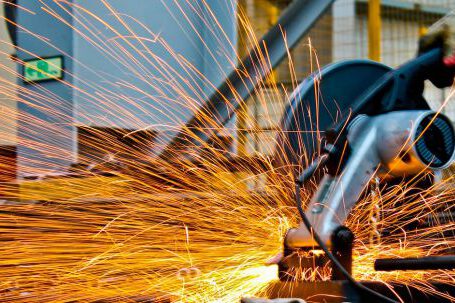Loaders are an essential tool for many construction sites and other industrial applications, providing the ability to quickly and safely lift and shift heavy materials. They come in a variety of shapes and sizes, each with its own set of features and best practices. In this article, we’ll explore the key features and best practices of loaders and help you decide which type is right for your needs.
Types of Loaders
The two most common types of loaders are wheeled and tracked. Wheeled loaders use rubber-tired wheels to provide traction, while tracked loaders use continuous tracks, similar to those used by tanks. Wheeled loaders are better suited for level, paved surfaces, while tracked loaders can handle uneven terrain and off-road conditions.
Key Features
When shopping for a loader, it’s important to consider the key features that will best suit your needs. Some of the most important features include:
- Lifting capacity: This is the amount of weight the loader can lift and move. It’s important to choose a loader with the right lifting capacity for your project.
- Controls: Loaders can be equipped with a variety of controls, including joysticks, levers, and foot pedals. Choose the control system that best suits your needs.
- Safety features: Make sure the loader you choose is equipped with the latest safety features, such as seatbelts, automatic shut-off systems, and anti-rollover protection.
- Fuel efficiency: Choose a loader that is designed to be fuel-efficient, as this will help you save money in the long run.
- Attachments: Many loaders come with a variety of attachments, such as forks, buckets, and other tools. Choose the attachments that best suit your needs.
Best Practices
When operating a loader, it’s important to follow best practices to ensure your safety and the safety of those around you. Some of the most important best practices include:
- Read and understand the owner’s manual: Before using a loader, make sure you read and understand the owner’s manual. The manual will provide important information about the machine, its features, and how to use it safely.
- Check the machine before use: Before using a loader, check to make sure it is in good working order and that all safety features are in place and working properly.
- Be aware of your surroundings: Make sure you are aware of your surroundings when operating a loader. Pay attention to other vehicles, workers, and other obstacles in the area.
- Wear the right safety gear: Always wear the appropriate safety gear when operating a loader, including a hard hat, protective eye-wear, steel-toed boots, and any other relevant safety equipment.
- Follow the speed limit: Make sure to follow the posted speed limit when operating a loader. This will help to ensure your safety and the safety of others.
Conclusion
Loaders are an essential piece of equipment for many construction sites and other industrial applications. They come in a variety of shapes and sizes, each with its own set of features and best practices. When shopping for a loader, it’s important to consider the key features and best practices that will best suit your needs. By following the best practices outlined in this article, you can ensure your safety and the safety of those around you.






